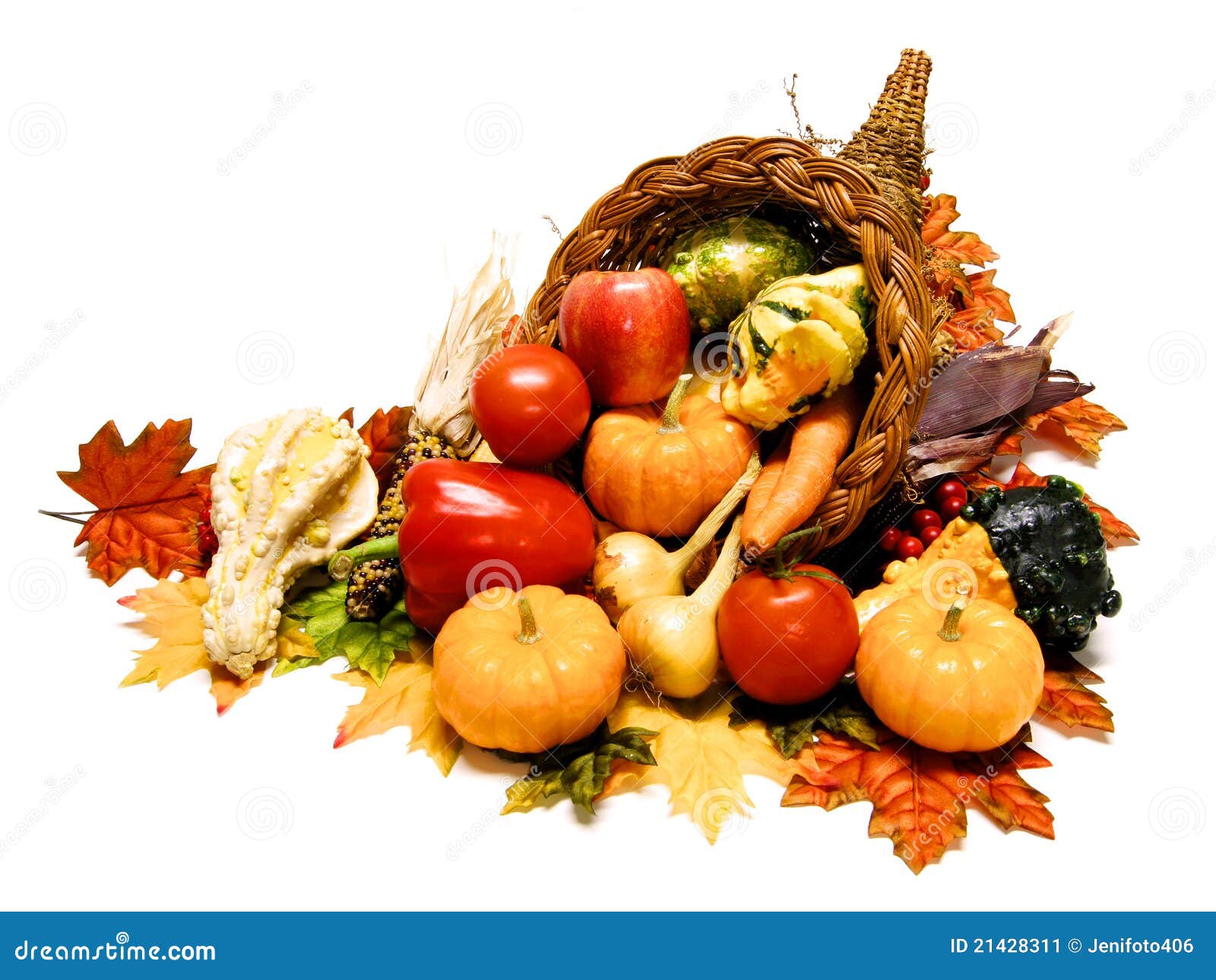--By Amy Barr (blog 009)
My grandmother had a cone-shaped wicker basket full of wax fruit. She would predictably haul it from plastic wrap every year during the first week of November. This slightly musty smelling cornucopia, together with her matching pilgrim and Indian salt-and-pepper shakers meant the holidays were on their way. Once the vinyl harvest-gold tablecloth was spread on the dining table, the promises of pie and tender turkey were guaranteed.
Let’s go back to that wicker basket cornucopia decoration. For all you introverts looking to avoid small talk during this year’s family gathering, I’ll give you something substantial to use on your favorite extrovert, once he or she has you cornered. As a bonus, this may also impress grandma that the Latin or Mythology classes are paying off.
The cornu copiae was originally a minor detail in the myth of Zeus’ troubled upbringing. Zeus was the youngest child of a large dysfunctional family populated by paranoid and argumentative curmudgeons. So far this may sound exactly like your own family gatherings, so read on.
As the story goes, Zeus’ dad Kronos solved family conflicts mainly by eating his children. The good news for Classical mythology fans is that Zeus’ siblings (Hera, Hestia, Hades, Poseidon, and Demeter) were all immortal. Nobody was especially harmed—just majorly inconvenienced—by Kronos’ poor conflict resolution skills. By the time little Zeus came along, his five siblings were already braving most of their formative years in their father’s digestive track.
When Zeus was born, mom Rhea swaddled a rock and tossed it to Kronos in the hopes she’d outwit him. The plan worked. Kronos swallowed that rock and went back to work being in charge of things, satisfied that his kids would all leave him in peace. Meanwhile, Rhea smuggled baby Zeus to Crete because, well, Crete is fabulous.
Zeus drank goat milk until he was big enough to grow a nice full black beard at roughly a year old. Details are a bit foggy but either the goat or the goat-herding nymph was named Amalthea who safeguarded Zeus from being overheard by his dim father by playing load music night and day.
Things didn’t go so well for the goat. Rough little Zeus broke the poor thing’s horn off and then, as a touching tribute to the critter that saved his life, he turned her skin into a nice poncho. He decided to call that goat-skin cloak his aegis. Athena would later wear Zeus’ aegis around Olympus as a token of his favoritism to start arguments at family dinners. Later she bedazzled that weird old thing with the head of Medusa and a selection of snakes.
That old broken horn was special. It was blessed with the divine power to supply an endless number of elegantly arranged wholesome snacks. Some think this horn originally came from that time when Heracles wrestled a river god so hard that he broke his horn off (Greek river gods often had horns, FYI). But I enjoy imagining the stylish symbol of autumn abundance having its roots in that doozy of a family fight about how to raise kids. Either way, the symbol of seasonal “plenty” arose from arguments and wrestling.
In later imagery, any abstract Roman deities who represented luck, prosperity, peace, wealth, or art, were depicted carrying a cornucopia. While my Latin students come to class proud to already know that the word cornucopia means “horn” (cornu) “of plenty” (copiae), the word copia usually means “abundance, provisions, supplies.” If you were to see the word in a military context it would be used to refer to military troops.
This holiday may your table be graced with plenty and with abundance (and not with troops). May your family never be so dysfunctional that dad starts eating the kids. And please, take good care of your goats.





No comments:
Post a Comment